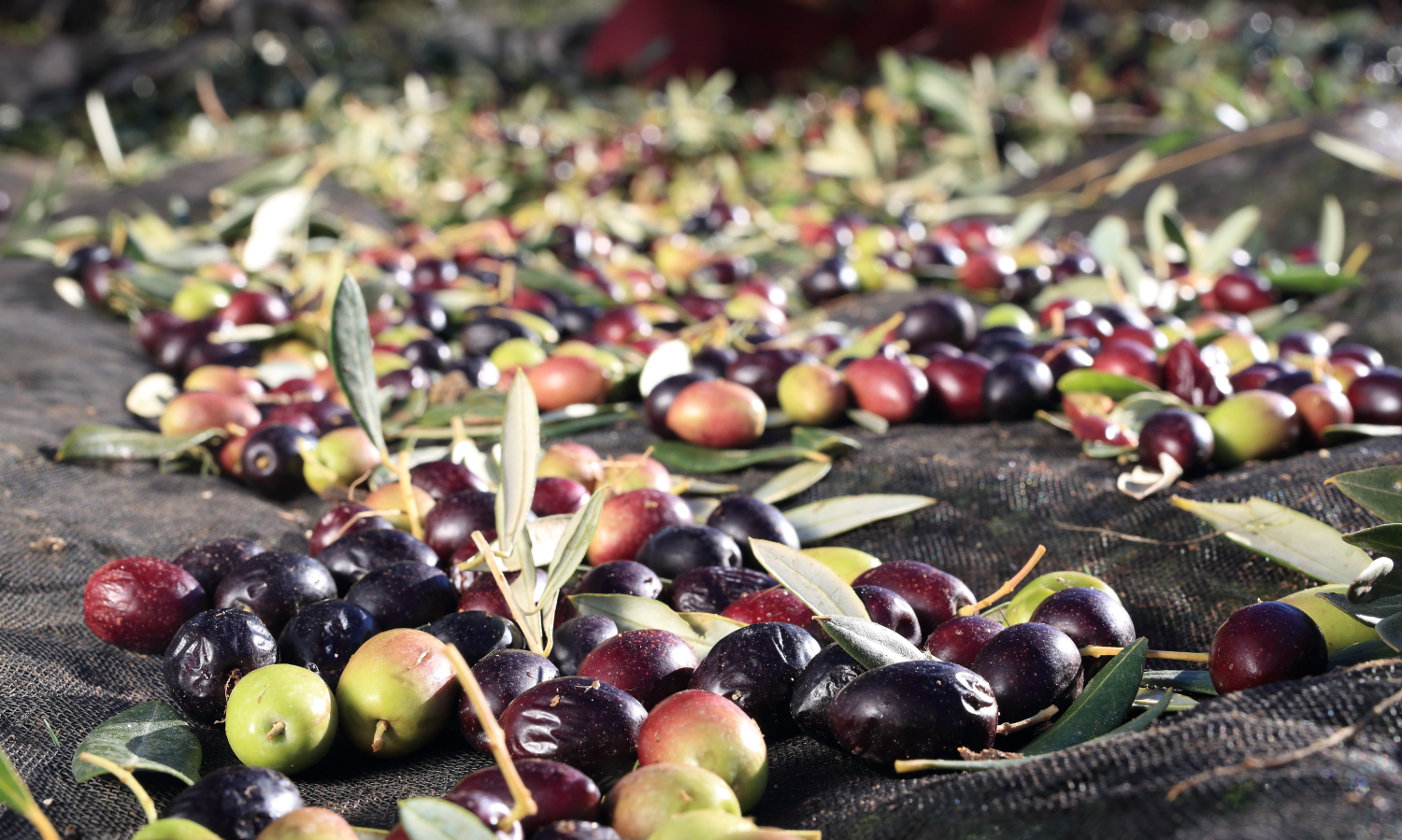
Why Less Acidity Equals Better Olive Oil
There are dozens of ways to tell if olive oil is, in fact, high-quality extra virgin or a lesser variety. According to Anna Cane, Bertolli’s Corporate Quality Coordinator, her team “analyzes the oils to test for chemicals and contaminants, organizes the oils by profiles and ranks the samples according to an internal scale.” This intensive process helps Bertolli identify the best oils suitable to blend into the brand’s olive oil varieties. Precise tasting notes, freshness, strict process requirements and chemical makeup also figure into Bertolli’s selection of extra virgin olive oils. It’s this degree of rigor that upholds the brand’s exacting standards.
One key chemical compound that helps Bertolli’s team of samplers determine quality oil? Free fatty acids. Simply stated, a low level of free fatty acids is an indicator of better olive oil. So, an acidity level of 0.8 percent is average, 0.5 percent is good and 0.3 percent is considered the highest quality. By carefully picking great-quality olives and monitoring the production process, Bertolli delivers under 0.3 percent acidity level in every bottle of olive oil.
But what are free fatty acids? And why do they make a difference in extra virgin olive oil quality? Paul Miller, a well-known Melbourne-based olive oil expert and the former president of the Australian Olive Association, describes fatty acids this way: They are the three components that make up olive oil triglycerides (the main constituents of natural oil).
“Extra virgin olive oil is mostly liquid fat—hence the name oil—and that fat is made up of triglycerides, which literally means molecules with ‘three fatty acids.’ The good monounsaturated fat is called oleic acid, named after olive oil, and this and other fatty acids combine with glycerol molecules to form the triglycerides,” Miller explains.
In order for olive oil to have less than 0.3 percent free fatty acids, it must be made from the best-quality olives and benefit from a state-of-the-art production process. If not, Miller explains, there is a less desirable result: “When any food oil is extracted, there’s always a bit of damage in the process. With olive oil, that damage is known as hydrolysis—when the good fats are attacked by water and enzymes. Those enzymes break some of the fatty acids off the triglycerides, and they become free acids or free fatty acids. From a consumer’s point of view, it’s best to have good triglycerides with plenty of oleic acid in them. You don’t want them broken up.”
Miller recommends that olive oil companies purchase and blend oils with 0.3 percent free fatty acids or lower to help ensure a high-quality finished product.
“Oil with 0.3 percent free fatty acids—or less—is an unofficial industry benchmark that reflects a good production process and good olives,” Miller says. “It’s only an indicative number and is by no means entirely definitive of the oil’s quality, but the lower the number the better.”
Bertolli olive oils contain less than 0.3 percent free fatty acids, meaning the company only uses oils pressed from the best olives, and with the highest production standards. Measuring free fatty acids is a highly technical way to measure quality, but Bertolli leaves nothing to chance in its uncompromising selection process.

